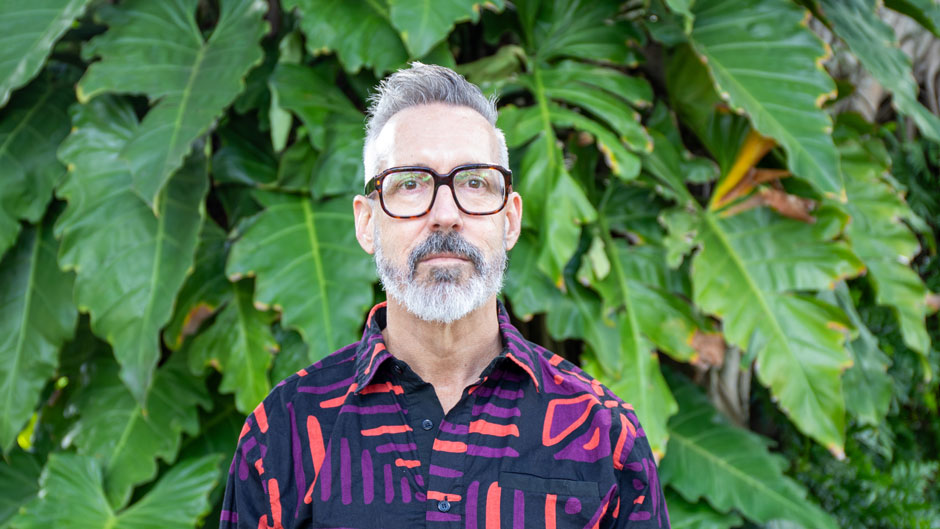The John Simon Guggenheim Memorial Foundation has awarded a fellowship to Martin Nesvig, a history professor in the University of Miami’s College of Arts and Sciences.
“The Guggenheim Fellowship is one of the most coveted and prestigious awards for mid-career scholars in any field,” said Ashli White, the chair of the history department. “It is a wonderful recognition of Professor Nesvig’s work to date and of the enormous potential of his future scholarship.”
The Guggenheim Fellowship is highly competitive. Nearly 3,000 people applied for this year’s fellowship, and only 188 were selected “on the basis of prior career achievement and exceptional promise,” the Guggenheim Foundation said in a press release.
“The College of Arts and Sciences is delighted that the Guggenheim Foundation has recognized Martin Nesvig’s impressive scholarship,” said Dean Leonidas Bachas. “This fellowship is a terrific accomplishment.”
The fellowship will enable Nesvig, who studies colonial Mexican history, to complete the second book in a trilogy that examines how Spaniards and biracial people in colonial Mexico were influenced by Indigenous cultures.
This is a unique angle in ethnohistory, which typically focuses on how Indigenous peoples responded to colonial rule. Nesvig’s trilogy, entitled “The Xolotl Mitote and Other Episodes in Mexican Cultural History,” documents the acculturation of Spaniards and biracial people living in Mexico in the 16th and 17th centuries.
“What I’m interested in is: What about those people? What did they do? How did they adapt?” Nesvig explained.
These are questions Nesvig is uniquely positioned to answer. He is one of a small number of historians who can read antiquated writing in Spanish, known as Spanish paleography. The challenge is not just the words and grammar used in the 1500s—although the language from this period would likely be difficult for most modern Spanish-speakers to understand—but also the handwriting.
“I’ve practiced Spanish paleography for 25 years now. To be able to read it, you have to have training,” Nesvig explained. “The handwriting is unintelligible to the untrained eye. Your average person, if you showed them a document, wouldn’t be able to read it.”
This knowledge of Spanish paleography has enabled Nesvig to examine court records from the 1500s and other documents that shed light on how Spaniards and biracial people adopted Indigenous practices.
The trilogy is a project that draws on more than two decades of research. The first book, which Cambridge University Press plans to publish in the fall of 2025, examines how Spanish and North African women in the early years of Mexico’s colonial history were influenced by Indigenous peoples. The book looks at their involvement in activities like folk healing, divination, and the consumption of the hallucinogenic plant peyote.
The second book, which Nesvig plans to complete during his Guggenheim Fellowship, focuses on Spanish and biracial men during the same period. Some of the men living in areas of Mexico where the predominant ethnic group was the Nahua people became what Nesvig calls “Nahuatlized,” speaking the Nahuatl language, marrying Nahua women, and becoming involved in Nahua religious practices, including the worship of the trickster god Xolotl. Nesvig is also researching Nahuatl words that became part of the Spanish language, which are known as loan words.
Nesvig, who grew up in San Diego, California, first became interested in Mexican history while he was an undergraduate at San Diego State University. He lived in Mexico City for three years while completing his dissertation and earned a Ph.D. from Yale University in 2004. Nesvig joined the University of Miami in 2005.
Nesvig is planning to complete the Guggenheim Fellowship during the 2025-2026 academic year. Prior to this fellowship, he will participate in a fellowship program at the College of Arts and Sciences Center for the Humanities, where he will also work on the second book in the trilogy.

